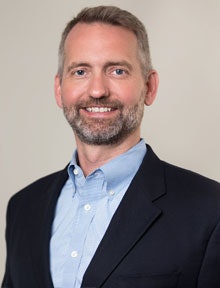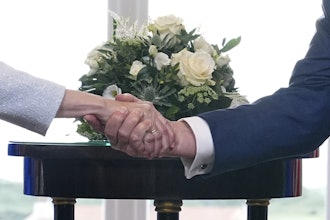
What’s the deal with steel so far in 2021? Why are prices so high?
In late 2020 and 2021, we have witnessed a meteoric rise in steel prices. During the height of the pandemic, a large percentage of the U.S. steelmaking capacity went offline. Steel demand and inventory stocking needs rebounded faster than capacity could, so we are seeing the classic supply-demand effect, leading to a 
How has this affected businesses that use steel?
For companies that utilize steel, grappling with high prices is a perennial challenge. Meaning, whether it’s steel pricing this quarter, or another unpredictable macro-economic factor down the road, the pace at which these price-impacting events is increasing, and unpredictably so. The largest impact to these businesses is how cost increases for steel and other materials will impact their own pricing, and in turn their margins. It is a difficult question to address, yet finding the solution is critical. Many B2B companies take a similar approach to price increases, which is to pass 100 percent of the cost onto their customers. We often refer to this as the “classic peanut butter spread,” where costs are passed on uniformly across the customer base. Logistically, this is frequently done by updating existing price lists, customer agreements, and matrix pricing via spreadsheet, perhaps communicating the price increase via letter to the customer base and providing sales reps with the updated price guidance. This approach is not fast enough or surgical enough to meet the demands of modern commerce.
To maintain margins, or even use cost fluctuations as an opportunity to increase margins, in an environment with rapidly increasing costs, businesses must have a means to quickly, granularly, and accurately account for cost changes. The financial impact can be significant. According to the Zilliant 2020 B2B Global Benchmark Report, when companies lack the ability to account for cost changes quickly and effectively, it can be a significant contributing factor to our Misaligned Market Pricing category. As a result of Misaligned Market Pricing, B2B companies experience an annual margin loss within a range of 0.52 and 6.58 percent — a portion of which can be recaptured when more sophisticated pricing tools are deployed and used in the business.
 iStock
iStock
How are high steel prices and other extrinsic factors disrupting the status quo in industrial distribution?
High steel and other material prices are one example of the status quo disruption that industrial distributors currently face. Time and again, these business leaders have grappled with disruptive competitors, cost volatility, trade policy, supply chain impacts, and the advent of digital commerce … to name a few. None of which have been straightforward to address, even though doing so effectively (or not) could impact their businesses from a margin perspective. Ultimately, the continual drum beat of industry disruption points to a greater need. Business leaders must find a means to harness data to improve business performance. AI offers a lot of promise in this regard, when applied pragmatically. Algorithms have increasingly become commoditized and easily accessible, yet most companies still struggle to get value from investments in data science and AI projects. For companies to find true value in AI, it must be pragmatically applied, adaptable and used in conjunction with business experts to, for example, solve specific commercial challenges that directly impact growth and profitability. In the case of cost increases, practical AI use cases include integrating cost data with data used to inform pricing, such as transactional and product data. By doing so, companies can predict the margin and revenue impacts of different pricing strategies across discrete, granular customer segments to know how price changes will affect the business before deploying updated pricing.
What are distributors’ biggest pricing worries in 2021?

How can digital transformation address those worries?
Company leaders must consider how the digital transformation of other business areas, such as supply chain, quote-to-cash, eCommerce, and more, can and should be extended to the pricing, sales and commercial decisions made day-to-day within a company. By utilizing advanced price optimization and management tools, companies can forgo the downside of the traditional, manual approach which is time-consuming and error prone. Instead, they can set more granular, scientific cost pass-through strategies and dynamically update pricing across the business as costs change. The net result is more market-aligned pricing that meets customer expectations, the ability to immediately address material cost increases, and a potential margin increase of 1-3 percent.
Many companies have a veritable treasure trove of data at their disposal, yet it is not uncommon for this data to be locked away in order entry systems, ERP, CRM and spreadsheets. As a result, a common misconception with this type of digital transformation is that they don’t have enough data, or their data is not in a useable state. The good news is that they have more usable data than they realize, and it can be put to good use in generating pricing, sales and other commercial guidance. AI and data science can be practically applied to this data, and the company’s business experts can be put in control to turn the revenue knobs and pull the margin levers granularly and at scale across the business. Not only can they set pricing strategies, but they can also immediately deploy updated pricing guidance, whether the information needs to go into CRM, a sales entry order tool, ERP, or an e-commerce channel.
 Eppele
Eppele






















